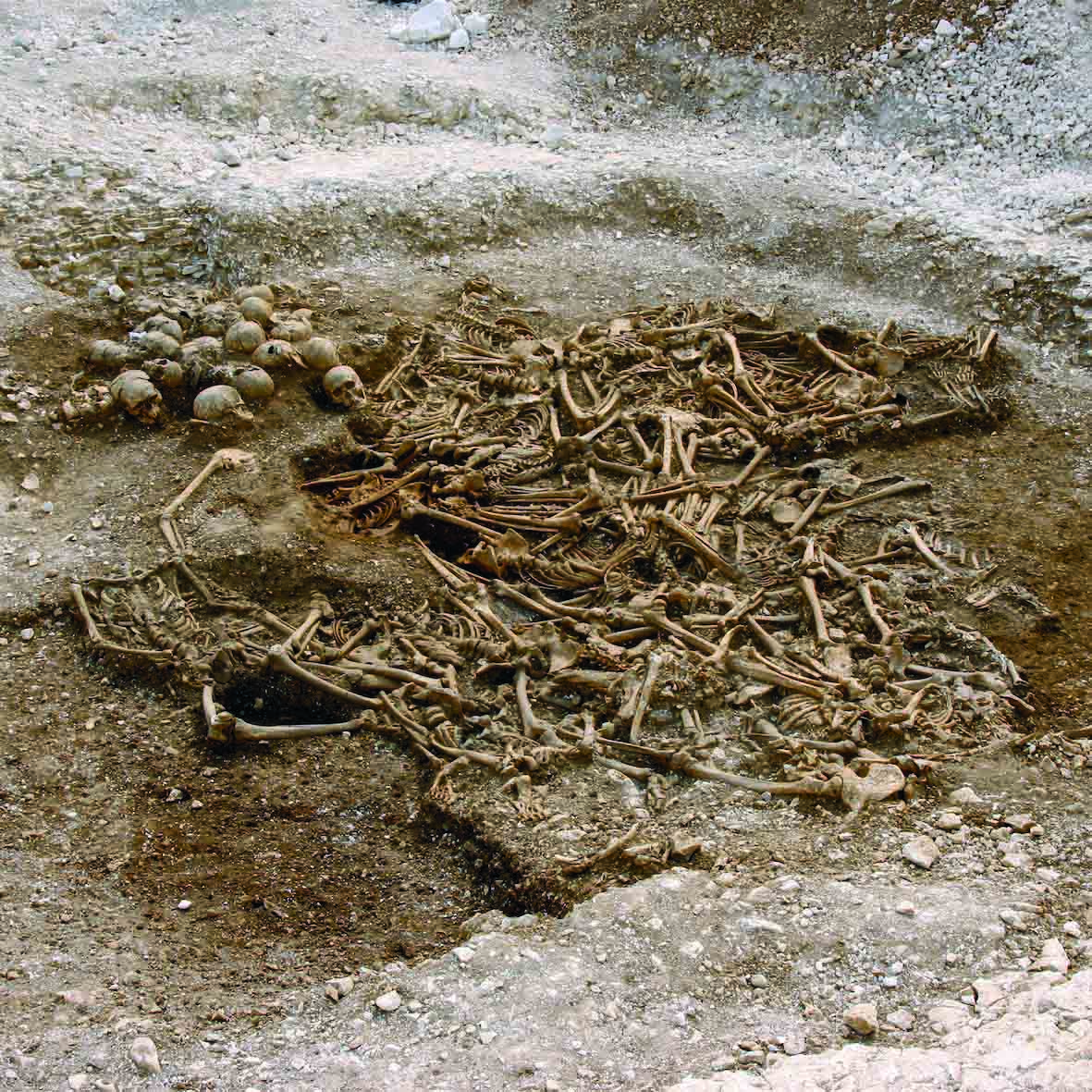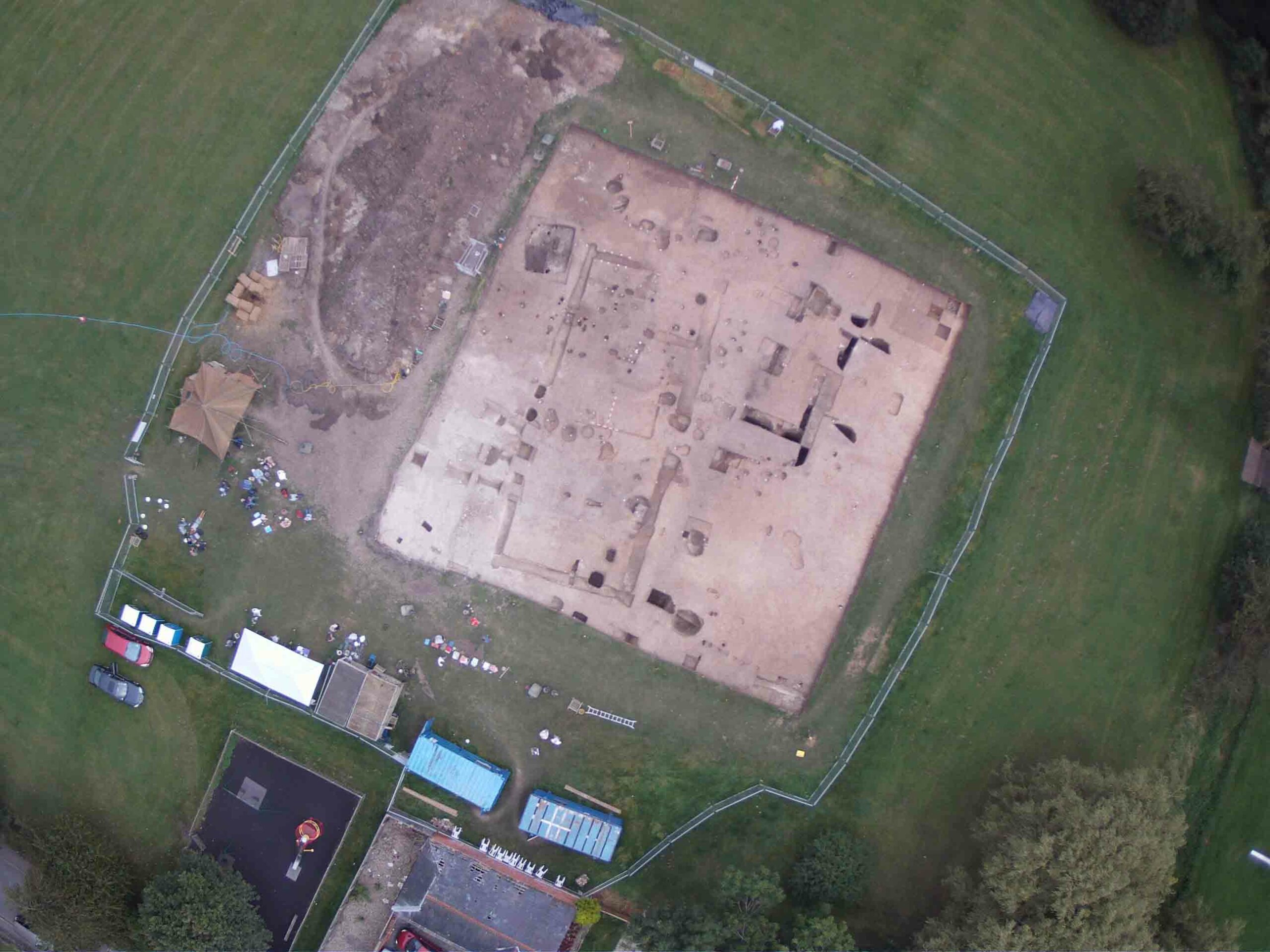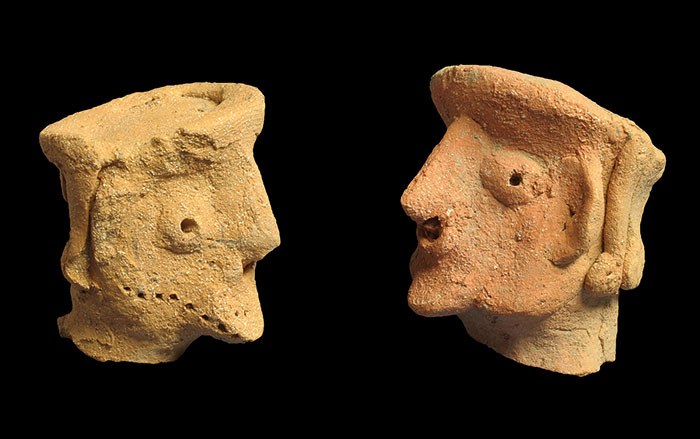
Stone Age Snails Immigrated to Ireland
News June 24, 2013

Recommended Articles

Digs & Discoveries November/December 2021
An Irish Idol

Top 10 Discoveries of 2020 January/February 2021
Largest Viking DNA Study
Northern Europe and Greenland

Features March/April 2020
Inside a Medieval Gaelic Castle
A tiny Irish island holds the secrets of an unknown royal way of life

-
Features May/June 2013
Haunt of the Resurrection Men
A forgotten graveyard, the dawn of modern medicine, and the hard life in 19th-century London
 (Private Collection/The Bridgeman Art Library)
(Private Collection/The Bridgeman Art Library) -
Features May/June 2013
The Kings of Kent
The surprising discovery of an Anglo-Saxon feasting hall in the village of Lyminge is offering a new view of the lives of these pagan kings
 (Photo by William Laing, © University of Reading)
(Photo by William Laing, © University of Reading) -
Letter from Turkey May/June 2013
Anzac's Next Chapter
Archaeologists conduct the first-ever survey of the legendary WWI battlefield at Gallipoli
 (Samir S. Patel)
(Samir S. Patel) -
Artifacts May/June 2013
Ancient Near Eastern Figurines
Ceramic figurines were part of a cache of objects found at an Iron Age temple uncovered at the site of Tel Motza outside Jerusalem
 (Clara Amit, courtesy of the Israel Antiquities Authority)
(Clara Amit, courtesy of the Israel Antiquities Authority)


